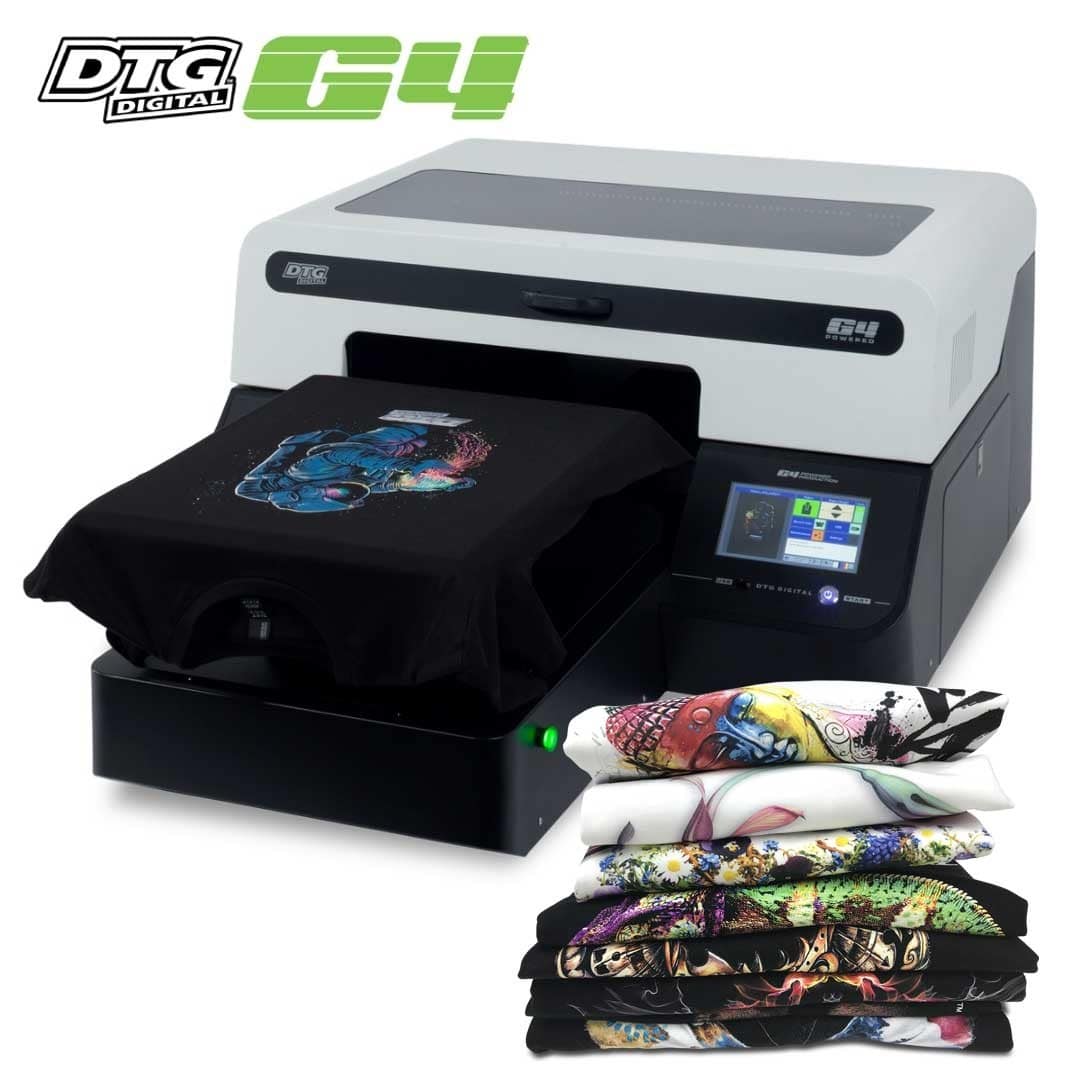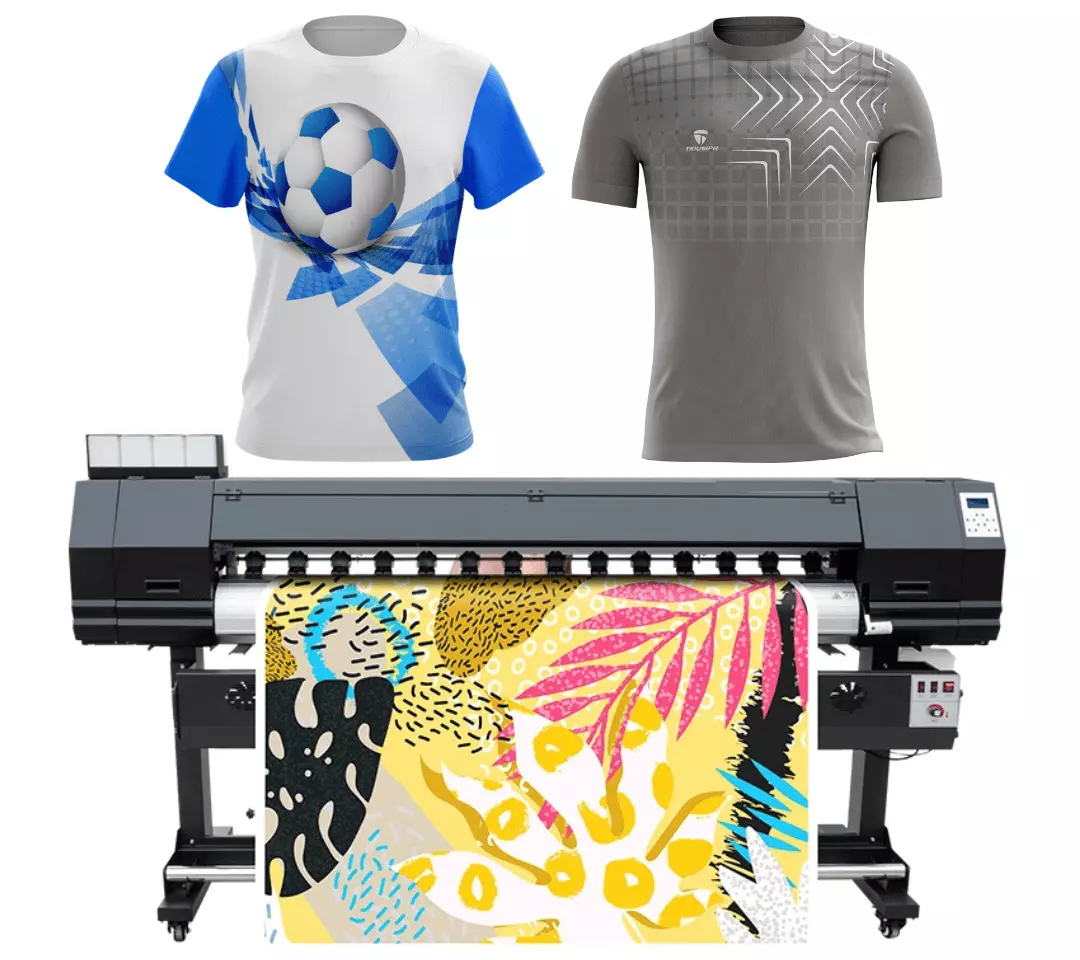From Conventional to Digital: Recognizing the Advancement of Cloth Printing
The makeover of towel printing from typical techniques like block printing and withstand dyeing to contemporary techniques such as screen and digital printing notes a substantial change in the fabric industry. How do these developments impact the significance of cloth printing, and what might the future hold for this ever-evolving craft?
Typical Cloth Printing Methods
In the beginning of textile manufacturing, typical towel printing methods functioned as the keystone of textile style, using both performance and creative expression. Techniques such as block printing, stand up to dyeing, and stenciling were diligently developed and refined over centuries, each adding one-of-a-kind sensible applications and visual top qualities to the fabric industry. Block printing, one of the oldest approaches, involved carving complex layouts right into wood blocks, which were then dipped in dye and pushed onto material. This labor-intensive procedure enabled for the repeating of in-depth patterns, showcasing the craftsmen's ability and imagination.
Resist dyeing, including strategies like batik and tie-dye, employed wax or other materials to stop color from passing through certain areas of the textile. This method produced striking contrasts and intricate styles, commonly imbued with cultural relevance. Stenciling, another typical method, included reducing patterns right into a material and using color with the openings, using an easier yet efficient way to create repetitive layouts.
These conventional techniques not only formed the textile market's very early development however additionally laid the groundwork for future developments. Each method showed the social and regional qualities of its beginning, maintaining and disseminating artisanal expertise through generations.
The Rise of Screen Printing
How did screen printing transform the landscape of fabric layout? The introduction of screen printing in the very early 20th century marked a significant separation from typical approaches, supplying unprecedented convenience and performance. This strategy entails pushing ink through a fine mesh screen that has actually been stenciled with a layout, enabling high accuracy and consistency. Screen printing enabled designers to produce elaborate patterns and vivid colors on textiles, which were formerly challenging to achieve with block printing or hand-painting methods.
Among the crucial benefits of screen printing is its ability to replicate intricate layouts widespread with remarkable integrity. This scalability made it greatly prominent in the business textile market, where mass manufacturing without compromising top quality is vital. Display printing suits a broad array of inks and dyes, broadening the scheme of structures and coatings offered to developers.
Furthermore, the process is very versatile, suitable for different textile types including cotton, silk, and synthetics. This versatility, combined with its cost-efficiency for large runs, solidified display printing's role as a foundation of modern-day fabric manufacturing. Hence, the rise of display printing transformed the sector, pushing the borders of what was possible in fabric design.

The Development of Digital Printing
Building on the amazing improvements brought by display printing, the textile sector experienced one more groundbreaking development with the introduction of electronic printing. Emerging in the late 20th century, digital printing revolutionized the way designs are transferred onto fabrics, providing unmatched flexibility and efficiency. Unlike standard techniques, which often required substantial arrangement and considerable hands-on intervention, digital printing uses computer-aided layout (CAD) modern technology to generate complex patterns directly onto the fabric with high accuracy.
This technology has actually allowed textile manufacturers to meet the expanding need for personalization and on-demand production. By getting rid of the requirement for plates and displays, electronic printing decreases lead times and decreases material waste, making it a more lasting choice. The capability to publish complicated images and a vast array of shades in a single pass has actually opened up brand-new innovative opportunities for designers, fostering a surge in imaginative expression within the sector.
In addition, electronic printing sustains smaller batch production runs, which is specifically beneficial for niche markets and startup fashion brand names. This technical leap has not only boosted functional efficiency however also equalized accessibility to premium textile printing, establishing the stage for future technologies in textile design and manufacturing.
Contrasting Methods: Traditional Vs. Digital
While both typical and electronic printing methods have their very own special benefits, they differ considerably in terms of procedure, performance, and environmental effect. Traditional cloth printing, including strategies like block printing and screen printing, includes hand-operated labor and intricate craftsmanship. These techniques are commemorated for their capacity to create vivid shades and abundant textures, usually resulting in distinct, artisan-quality products. They are labor-intensive, lengthy, and often restricted in terms of shade range and layout complexity.
In contrast, digital printing employs advanced innovation to transfer designs straight onto textile making use of inkjet printers. This approach supplies unrivaled precision and a vast array of color alternatives, making it possible for complex and highly comprehensive designs. Digital printing is considerably faster, enabling fast turnarounds and just-in-time manufacturing, which minimizes the requirement for big supply storage space. Furthermore, it supports personalization and tiny set production, dealing with modern consumer needs for personalized items.
From an environmental perspective, electronic printing is usually a lot more sustainable. It uses much less water and produces minimal waste contrasted to standard techniques, which commonly include substantial washing and dyeing procedures. As a result, digital printing is significantly favored in a period where environmental factors to consider are vital.
Future Trends in Fabric Printing
As the fabric industry continues to progress, future fads in towel printing frequently point in the direction of greater integration of innovation and sustainability. One substantial fad is the enhanced resource application of electronic printing modern technologies. These developments enable greater accuracy, faster production times, and the capability to produce complicated layouts that were once challenging with standard approaches. Digital fabric printing is expected to dominate the market, driven by its efficiency and adaptability to consumer demands for personalized and limited-edition products.

Furthermore, the incorporation of wise textiles, which integrate digital elements right into materials, is readied to reinvent the marketplace. click for source These fabrics can provide added functionalities such as temperature level regulation, health and wellness monitoring, and interactive functions. As modern technology continues to development, the intersection of digital printing and clever fabrics will open up new methods for creative and practical applications in cloth printing.
Verdict
The advancement of towel printing from standard approaches to digital developments marks a substantial improvement in the textile sector. While standard methods highlight artisanal craftsmanship and social heritage, digital printing offers unmatched precision, efficiency, and customization. This change not only boosts manufacturing capacities however additionally sustains sustainability initiatives. Future trends are most likely to continue incorporating sophisticated modern technologies, additionally redefining fabric design and production procedures to fulfill environmental considerations and contemporary needs (screen printing).
The change of cloth printing from typical techniques like block printing and resist coloring to contemporary strategies why not try these out such as screen and electronic printing marks a significant change in the textile sector. Screen printing allowed developers to create elaborate patterns and lively shades on materials, which were previously challenging to accomplish with block printing or hand-painting techniques.
Structure on the impressive advancements brought by display printing, the textile market experienced one more groundbreaking development with the arrival of electronic printing. Branded clothing. Typical fabric printing, incorporating techniques like block printing and display printing, involves hands-on labor and elaborate workmanship. As innovation continues to advance, the crossway of digital printing and smart fabrics will open up brand-new avenues for useful and imaginative applications in fabric printing
Comments on “Heat Transfer Vinyl Printing: Transform Your T-Shirt Game Today”